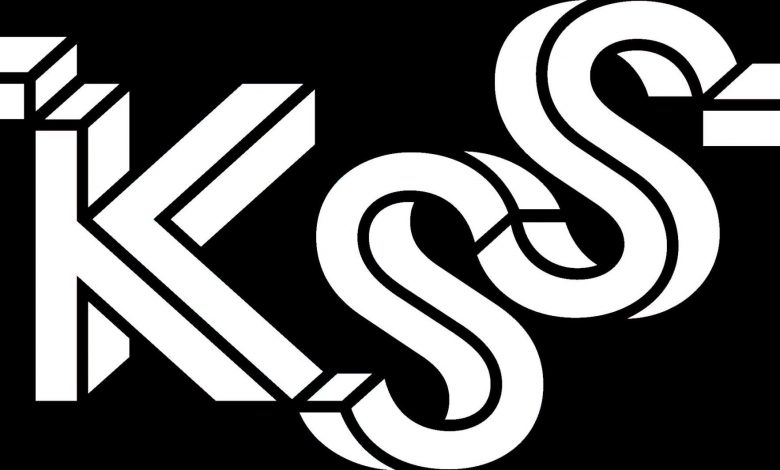The Art of Creating Anamorphic Art: Illusions on a Flat Surface

The Art of Creating Anamorphic Art: Illusions on a Flat Surface
What is Anamorphic Art?
Anamorphic art, also known as perspective illusions, is a technique that distorts a two-dimensional image in such a way that it appears three-dimensional when viewed from a specific angle or viewpoint. This type of art relies on optical illusion, skillful drawing, and precise calculations to create a mind-bending effect.
How does Anamorphic Art work?
Anamorphic art works by utilizing the principles of perspective. Artists carefully calculate and distort the proportions of their drawings based on a specific viewing point. When seen from this specific angle, the distorted image aligns perfectly, creating a realistic and immersive three-dimensional effect.
The Creation Process of Anamorphic Art
Step 1: Choosing the Subject
Anamorphic art can be created using a wide range of subjects, such as animals, objects, or even words. Choose a subject that can be easily distorted and will have a visually striking effect when viewed from the correct angle.
Step 2: Sketching the Initial Design
Start by sketching the desired image on a flat surface. Use basic shapes and outlines to establish the overall composition of the artwork. It’s essential to sketch with precision to ensure the final anamorphic illusion appears realistic.
Step 3: Determining the Viewing Angle
This is a crucial step in creating anamorphic art. Determine the optimal viewing angle from which the artwork will be seen. Consider the perspective and positioning of the viewer in relation to the artwork.
Step 4: Distorting the Image
On the flat surface, skillfully distort and stretch the sketch to match the intended viewing angle. Pay close attention to the relationships between various elements in the drawing to maintain the accurate 3D illusion when seen from the correct viewpoint.
Step 5: Finalizing the Artwork
Once the distortion is complete, refine the details of the artwork, adding shading, texture, and color if desired. Take your time to ensure the final result is visually stunning and appears as realistic as possible when viewed from the intended angle.
Frequently Asked Questions (FAQs)
Is it difficult to create anamorphic art?
Creating anamorphic art requires a certain level of skill, precision, and understanding of perspective. While it may be challenging to master this technique, it can be learned with practice and dedication. Starting with simple subjects and gradually progressing to more complex ones can help develop your skills.
What materials are commonly used to create anamorphic art?
Anamorphic art can be created using various materials, including pencils, markers, charcoal, or even digital software. The choice of materials depends on the artist’s preference and the desired effect. However, it’s essential to choose materials that allow for precise and accurate drawing.
Can anamorphic art be created in different sizes?
Yes, anamorphic art can vary in size depending on the artist’s intention and the available space for viewing. Large-scale anamorphic art can create grand optical illusions, while smaller pieces offer a more intimate viewing experience.
Are there any famous examples of anamorphic art?
Yes, there are many famous examples of anamorphic art throughout history. One notable example is the “Ambassadors” painting by Hans Holbein the Younger, created in 1533. Another well-known example is Edgar Müller’s pavement art, which creates incredible illusions on the ground.
Where can I see anamorphic art?
Anamorphic art can be found in various places, such as museums, galleries, public spaces, and even online platforms. Some cities also host anamorphic art festivals or exhibitions where artists showcase their creations. Additionally, many artists share their work on social media platforms, allowing anyone to enjoy and appreciate their art.
Creating anamorphic art is a fascinating and challenging artistic technique that captivates viewers with its amazing optical effects. By following the steps outlined above and practicing regularly, you can unleash your creativity and create stunning illusions on a flat surface.
Have you ever seen anamorphic art in person? Share your experiences in the comments below!



